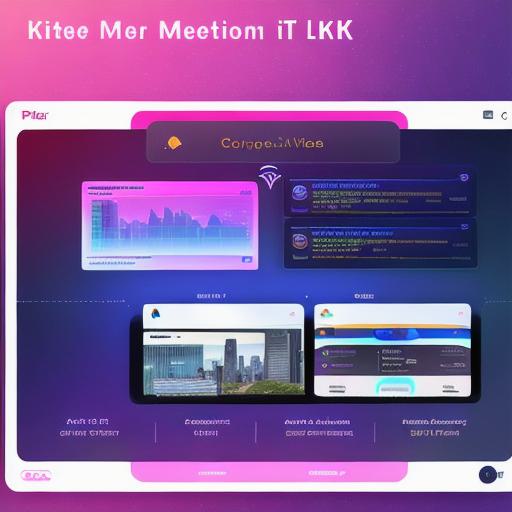Introduction:
The rise of blockchain technology has been meteoric, and as it continues to evolve, developers are looking for new ways to integrate this innovative technology into their web applications. One such way is through the use of Elixir, a functional programming language that has been designed specifically for building scalable and reliable distributed systems. In this article, we will explore how Elixir and blockchain can be combined to create powerful web3 applications that can revolutionize the way we interact with data.
Part 1: Understanding Blockchain and Elixir
Before diving into the integration of these two technologies, it’s important to understand what they are and how they work. Blockchain is a decentralized digital ledger that records transactions in a secure and transparent manner. It allows for the creation of trust between parties without the need for intermediaries, making it an ideal technology for applications that require immutable and secure data storage.
Elixir, on the other hand, is a functional programming language that was designed with concurrency, scalability, and ease of use in mind. It uses a combination of functional programming concepts and OTP (Open Telecommunications Protocol) libraries to build robust and reliable applications that can scale horizontally across multiple servers.
Part 2: Elixir Web3 Integration
Elixir’s support for web3 integration comes through the use of libraries such as Web3.ex, which provides an easy-to-use interface for working with blockchain networks and smart contracts. With this library, developers can build decentralized applications that can interact with blockchain networks directly, without the need for intermediaries.
One real-life example of Elixir web3 integration is the development of a decentralized finance (DeFi) application called "Kittie Finance". This platform allows users to create and trade unique digital cats on the Ethereum blockchain, using smart contracts to automate transactions and enforce rules. Kittie Finance was built using Elixir and Web3.ex, and has been able to achieve high levels of scalability and reliability thanks to the language’s inherent concurrency features.
Part 3: Benefits of Elixir Web3 Integration
The integration of Elixir and blockchain offers a number of benefits for developers, including increased scalability, improved performance, and greater flexibility in building decentralized applications. By leveraging the strengths of both technologies, developers can create web3 applications that are more robust, secure, and reliable than traditional centralized systems.

Furthermore, Elixir’s support for functional programming concepts and OTP libraries make it an ideal language for building distributed systems that can scale horizontally across multiple servers. This allows for the creation of decentralized applications that can handle large volumes of data and users without sacrificing performance or reliability.
Part 4: FAQs
Q: What is blockchain, and how does it work?

A: Blockchain is a decentralized digital ledger that records transactions in a secure and transparent manner. It allows for the creation of trust between parties without the need for intermediaries, making it an ideal technology for applications that require immutable and secure data storage.
Q: What is Elixir, and how does it differ from other programming languages?
A: Elixir is a functional programming language that was designed with concurrency, scalability, and ease of use in mind. It uses a combination of functional programming concepts and OTP libraries to build robust and reliable applications that can scale horizontally across multiple servers.
Q: How can Elixir be used to integrate with blockchain technology?
A: Elixir’s support for web3 integration comes through the use of libraries such as Web3.ex, which provides an easy-to-use interface for working with blockchain networks and smart contracts. With this library, developers can build decentralized applications that can interact with blockchain networks directly, without the need for intermediaries.
Conclusion:
In conclusion, Elixir and blockchain offer a powerful combination for building decentralized web3 applications. By leveraging the strengths of these two technologies, developers can create applications
